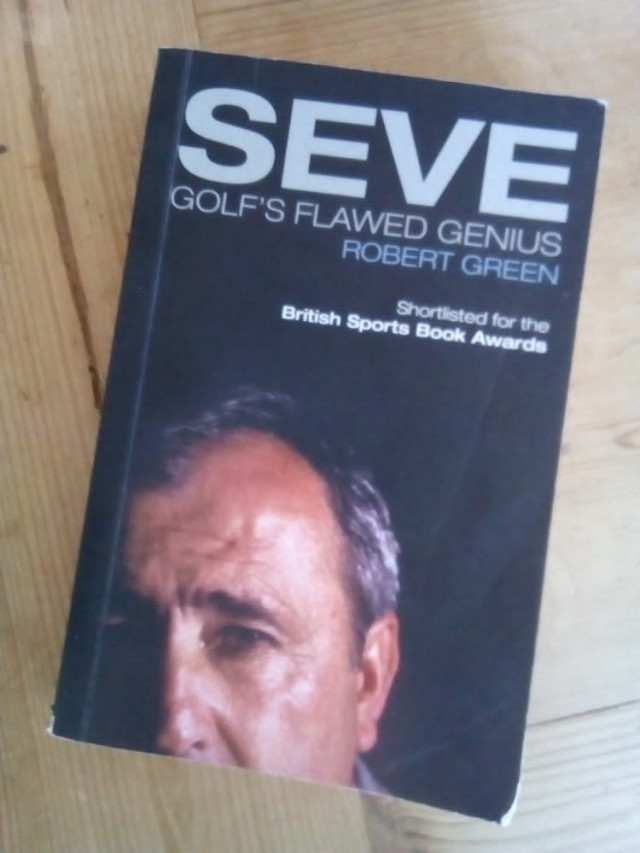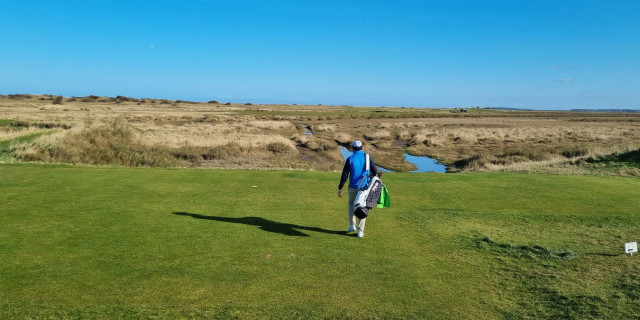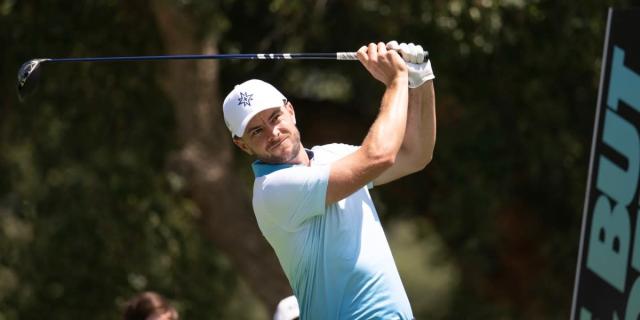
Seve: Golf's Flawed Genius Book Review
What is the cost of excellence? This is the question that sports writer Robert Green poses, in 282 pages of punchy and innervating prose. Green’s subject is the legend, the golfer, and finally, the man, that we mere sporting mortals know as Seve. Severiano Ballesteros, one of the greatest golfers to ever live and most certainly one of the most inspiring and creative, takes centre stage in this biography. Seve: Golf’s Flawed Genius provides a genuinely illuminating account of its subject, covering the rough with the smooth, and levelling the myths that have clustered around this most charismatic of golfing icons with the Spaniard’s dark side.
A Tough Competitor
So what does it take to be a world class sportsman, a world class golfer? Well, the first thing you need is fight. And Seve, you won’t be surprised to learn, had spades of it. One of the most interesting of many factoids in the book is that, before he picked up his fabled 3 iron and resolved to be a professional golfer, Seve was a keen amateur boxer, one of the most talented junior athletes in his native Pedrena. Never a man to fawn over other people, he broke his unspoken rule for Muhammed Ali, who, Green informs us early on, “had been one of Seve’s very few idols”. On the golf course, of course, there are few opportunities for dealing out punches, but just about everything short of actually coming to blows, Seve would do. ‘Gamesmanship’ is a loaded phrase, but if anyone ever deserved both the admiring and the not-so-admiring connotations of the word, it was Seve. Green is generous with his examples. He gives us a delicious anecdote from the 1995 Ryder Cup, when the Spaniard, now ravished by a bad back and several years north of his prime, went out as a ‘bin player’ against the American’s number one player Tom Lehman. On the 12th green, Lehman had a putt of 6 inches. Seve told him to mark it, but the American went ahead and tapped it in. Big mistake. In an instant Seve was on him: “the rules are that you cannot finish out before your opponent in matchplay if he does not want you to; your opponent has control of the ball. ‘What are you doing?’ Seve said, ‘I asked you to mark the ball. Where is the referee?’”. He would also cough like a leper during opponents’ swings. After squeaking through against Seve 4&3, Lehman called the Spaniard “the toughest guy I’d ever played”.

The Darker Side
On the course, Seve’s matador-like will to win won him plaudits. Off the course, however, Green soberly details that it was a different story. Unlike many biographers, Green isn’t over-awed by his subject and is clear in exploring Seve’s darker side. He quotes John McEnroe: “Nobody will be surprised to hear that No.1 in the world requires major-league ego. You need ego to get there, ego to stay there.” He had many other, more positive traits, but there’s no doubt that Seve was cut from the same selfish cloth. Petty too, he could be, especially when money was on the line. I didn’t know this, but apparently, Seve was one of the earliest and most outspoken beneficiaries of appearance fees, something the European Tour wasn’t best pleased about. He was also brusque to anyone who he saw as a rival – witness his famous description of the American Ryder Cup team as “11 nice guys plus Azinger” – as well as cardinally unfaithful to his wife. Green says: “A telephone conversation I had with [one of Seve’s ex-coaches Mac] O’Grady… summed it up most succinctly. ‘I love Seve 100 per cent,’ he said, ‘and I trust him zero per cent.’ I wouldn’t go to those extremes but from my experience of working with Seve, I have an idea what he means.”
Fresh Insights
None of these revelations, though, diminish what the Spaniard could do on the golf course. All of his most brilliant shots and recoveries, like a greatest hits CD, are collected here, and painted in wonderfully taut prose. Moreover, Green often manages to add something new, putting a fresh twist on traditional Seve tales. Did you know, for instance, that prior to hitting that famous bump and run between the bunkers on 18 in the final round of the 1976 Open at Royal Birkdale, Seve had been the surprised recipient of an impromptu pep-talk from Johnny Miller… delivered in Spanish? “On the 17th tee, Miller had spoken to Seve – in Spanish. As a native of California, it was no surprise that Miller had at least some fluency with the language, but he hadn’t spoken a single word of it to Seve over their previous 34 holes together. ‘I was a little bit shocked,’ admitted Seve. ‘He said, “It’s important for you to finish well because Mr Nicklaus is already in the clubhouse [on three under par].”’ I gained new insights like this from every chapter.
Conclusion
Seve: Golf’s Flawed Genius is nicely put together and attractive on a coffee table. It is also chock-full of high-quality photos – more generous amounts than usual for a book of its size – and printed on good, thick paper.
Providing an admirably even-handed account of one of golf’s greatest talismans, Seve: Golf’s Flawed Genius is an essential addition to every golfer’s shelf.
For more, visit Amazon.
Related Articles:
Tags: Will Trinkwon Tom Lehman Severiano Ballesteros Seve Ballesteros Robert Green Muhammed Ali Johnny Miller John McEnroe Golf Books Book Review Biography









